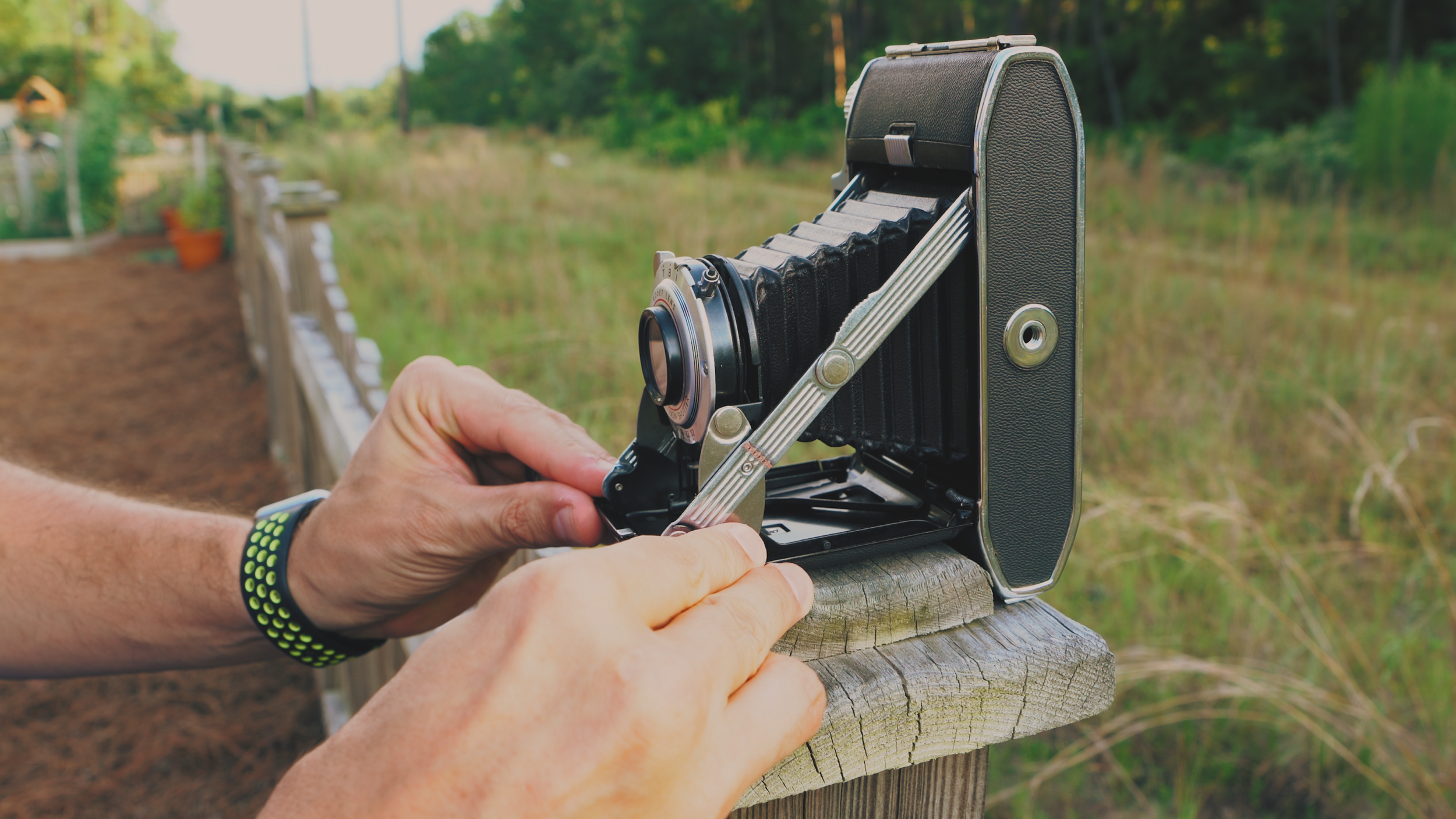The label of being a “professional” at something whether you’re a professional football player or a professional figure skater typically means you’re the best of the best in your respective field, but when it comes to a professional photographer the same assumption can’t be made. I hear from people on a regular basis that discount their personal photographic abilities because they say they aren’t a “pro”, rather just an amateur or a hobbyist. This thought track is what initially got me thinking about what really constitutes a professional photographer.
What does “Pro” really mean?
Depending on who you ask, a photographer becomes eligible for the “pro” stamp of approval if 100% of their income is generated from some sort of photographic activity, but all this means is that they’ve wrapped a business around their love of photography. It has absolutely no merit on their particular skill set, portfolio, or quality of work - it has more to do with their business
acumen and their ability to market themselves. I’ve seen plenty of amateur photographers that are more skilled than some of the “pro” photographers out there, but they have a 9-5 job outside of photography, therefore cannot receive the professional label under today’s requirements.
Gear Doesn’t Matter
We’re all conditioned to believe that gear matters, but it’s simply not quite as important as we’re influenced to think. Professionals will typically have better gear than most amateurs, mainly because they can easily justify upgrading on a consistent basis as they generate income from their equipment.
An important factor to consider here is the law of diminishing return, the difference between a $100 camera and a $1,000 camera is HUGE! The difference between a $1,000 and a $2,000 camera is significant - not as significant though as the variance between the $100 versus $1,000 camera and the same goes for a $2,000 camera in comparison to a $4,000 camera. There is a difference, but the perceived increase in quality begins to become difficult to easily identify.
Passion Driven Shooting
This is where amateurs and hobbyist have a distinct advantage over the pros. If you’re an amateur photographer you typically only photograph things you’re passionate about, things that inspire you and put a smile on your face. Professional photographers do the same, but also end up photographing things they aren’t necessarily passionate about as they must also focus on generating income to pay their mortgage or send their kids to college. This is one of the things I initially noticed when I made the leap from an amateur to a “professional” photographer - shooting what you love is much more rewarding than shooting for a paycheck.
At the end of the day, if you like taking photographs and you enjoy photography, then you’re a photographer. Don’t get hung up on the labels amateur, hobbyist, or professional as these labels really don’t mean a thing other than where you generate your income and definitely don’t let it stand between you and putting yourself out there because you don’t think you have the capacity to be a “pro”.
Mark























